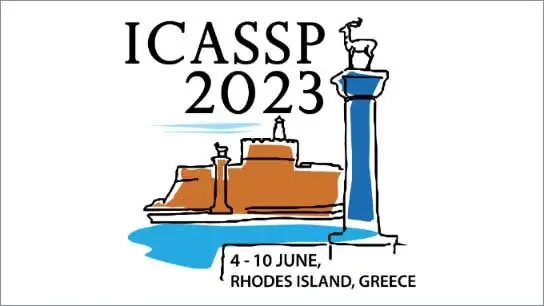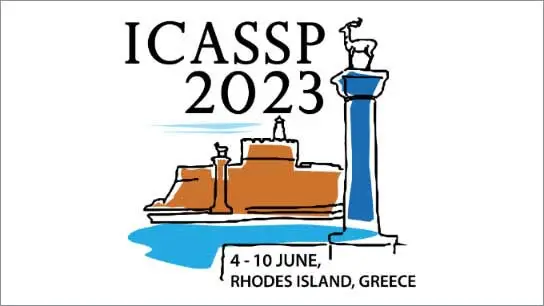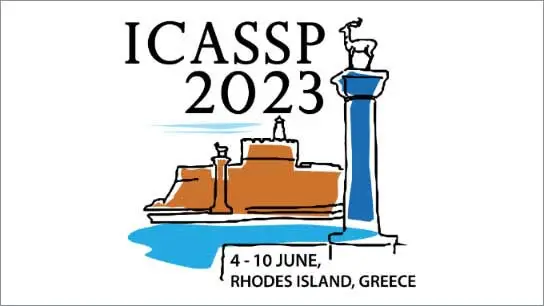LEARNING ENVIRONMENTAL STRUCTURE USING ACOUSTIC PROBES WITH A DEEP NEURAL NETWORK
Toros ARIKAN (MIT); Amir Weiss (Massachusetts Institute of Technology); Hari Vishnu (NUS); Grant Deane (UCSD); Andrew C Singer (University of Illinois); Gregory W Wornell (MIT)
-
Members: FreeSPS
IEEE Members: $11.00
Non-members: $15.00
07 Jun 2023
Learning the physical environment is an important yet challenging task in reverberant settings such as the underwater and indoor acoustic domains. The locations of reflective boundaries, for example, can be estimated using echoes and leveraged for subsequent, more accurate localization. Current boundary estimation methods are constrained to a regime of high signal strength, or mitigate noise with heuristic (suboptimal) filters. These limitations can lead to fragile estimators that fail under non-ideal conditions. Furthermore, many algorithms in the literature also require a correct assignment of echoes to boundaries, which is combinatorially hard. To evade these limitations, we develop a convolutional neural network method for robust 2D boundary estimation, given known emitter and receiver locations. Our method uses as its input data format transform images, which are the potential boundary locations mapped into curves. We demonstrated in simulations that the proposed neural network method outperforms alternative state-of-the-art algorithms.



